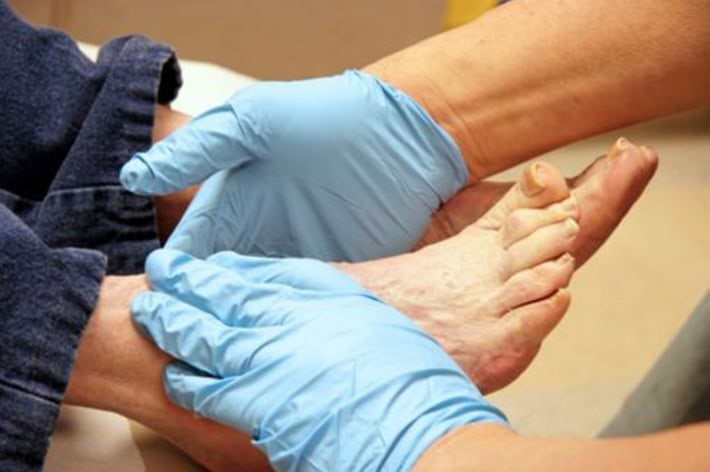
Wounds and pressure ulcers: the importance of 'difficult wound' prevention
The term ‘wound’ in medicine refers to a particular type of wound, characterised by the interruption of one or more of the body’s external tissues and caused by ischaemia (interruption of blood vessels) and subsequent necrosis (cell death) of the skin and, in the case of a severe sore, of the underlying tissues
Sores are often referred to as ‘difficult wounds’ precisely because – contrary to most wounds – sores tend to be ‘chronic wounds’, i.e. they do not heal within 60 days of their appearance.
The interruption of blood flow, which leads to the death of the tissue and the formation of the sore, can be caused by various external and internal causes.
Causes of wound
One of the most frequent external causes of sores are decubitus injuries, i.e. wounds that gradually appear as a result of the pressure of body weight on a single point of skin, which is compressed between the bony prominence, (typical examples: hip or heel) against the bed or a wheelchair.
Decubitus injuries are typical of persons who, for reasons of physical or even psychological disability, have limited mobility or are bedridden for long periods (coma, paralysis, femur fracture in the elderly…).
The main aetiological cause of the wound in this case is chronic pressure, however, it is undeniable that the injury is favoured by other factors, such as the patient’s advanced age or chronic circulatory pathologies.
Circulatory insufficiency and diabetes
Other examples of causes of sores are insufficient arteries and veins, whereby the correct blood supply does not arrive in the skin tissue, especially in the limbs, since these are so-called ‘peripheral’ areas and the pressure in them is inevitably lower than in the central areas of the body, closer to the heart.
Yet another typical cause may be diabetic disease, which if left untreated causes damage in the microcirculation leading to hypoperfusion of parts of the tissue that easily ulcerate, typically the feet.
The importance of pressure wound prevention
Healing from a pressure sore is therefore very slow and it is often difficult, if not impossible, to remove the cause of the sore: for example, it is difficult to prevent pressure sores from forming in a quadriplegic patient.
For this reason, the attention of the doctor, the nurse should be focused above all on the prevention of the appearance of this type of wound (for example by periodically passively mobilising the patient) rather than on the treatment, which is often very complex, especially if the sore goes deep and/or becomes infected, in some cases even putting the patient’s life at risk.
Read Also:
Emergency Live Even More…Live: Download The New Free App Of Your Newspaper For IOS And Android
How Is Triage Carried Out In The Emergency Department? The START And CESIRA Methods
Prone, Supine, Lateral Decubitus: Meaning, Position And Injuries
First Aid: How To Help Someone With Stab Wounds
Palpation In The Objective Examination: What Is It And What Is It For?


